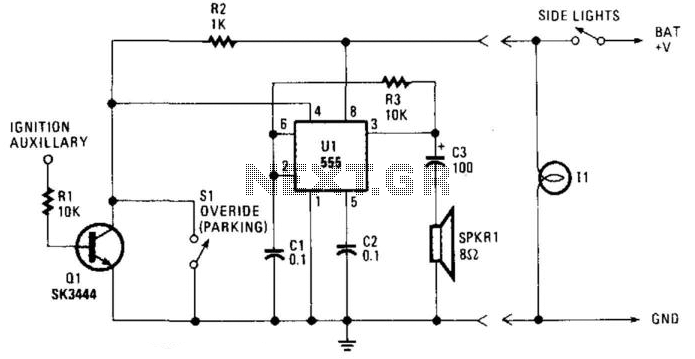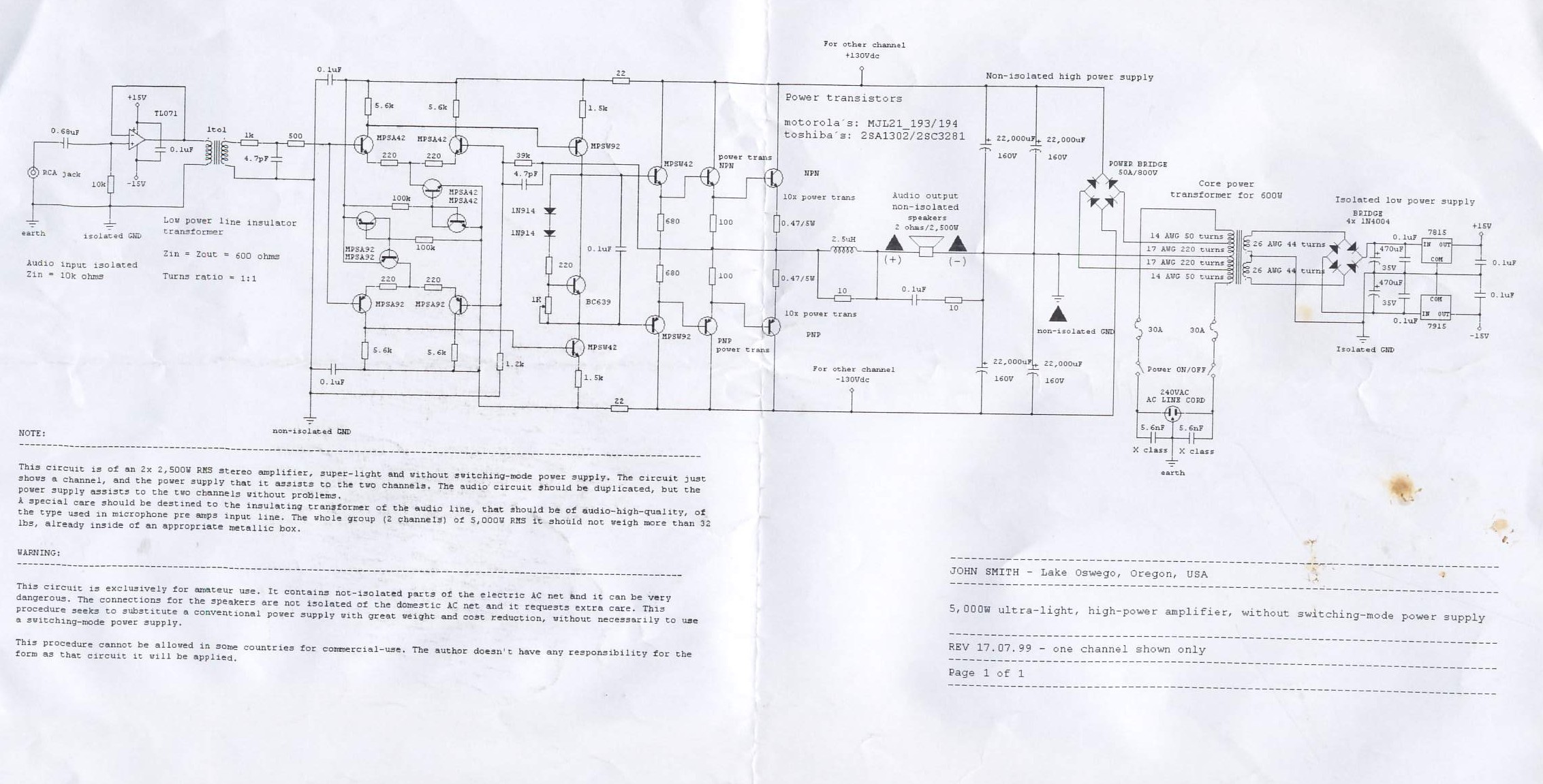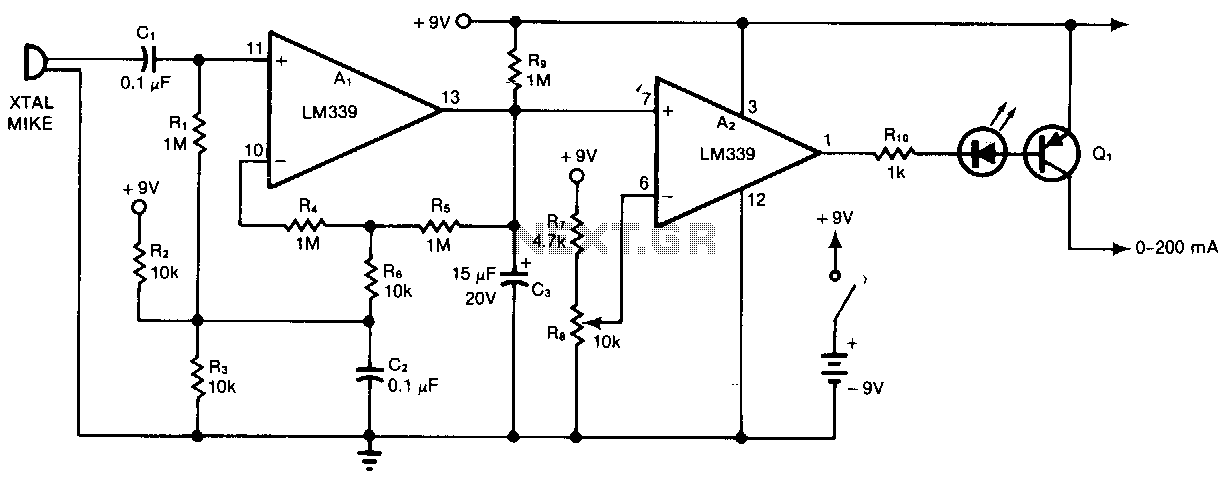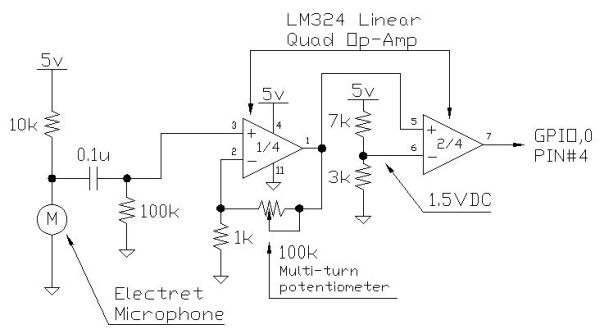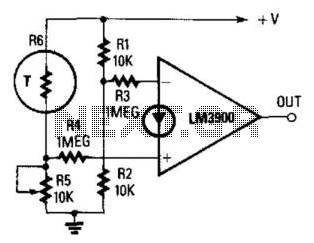
Remote Doorbell Warning Switch

This circuit will light a lamp at a remote location when the doorbell switch is pressed. This circuit should only be used with the solenoid type doorbells; the electronic type that play tunes will not work here. It is quite easy to miss the sound of a doorbell if you are watching TV; this circuit gets around the problem by providing a visual indication. As an alternative, a LED could also be used. You could just parallel a lamp across the doorbell, but this would mean extra drain from the doorbell batteries or transformer.
The circuit described utilizes a solenoid-type doorbell switch to activate a remote lamp indicator when the doorbell is pressed. The primary component of the circuit is a relay, which is used to isolate the lamp from the doorbell circuit and prevent any additional load on the doorbell's power source. The relay is typically a single-pole double-throw (SPDT) type, allowing it to control the lamp's power independently of the doorbell.
When the doorbell switch is pressed, it completes a circuit that energizes the relay coil. This action closes the relay contacts, allowing current to flow from the power source to the lamp, which can be located in a different room or area. The relay should be rated appropriately for the lamp's voltage and current to ensure safe operation.
To enhance the circuit's functionality, a diode can be placed in parallel with the relay coil to prevent back EMF from damaging the circuit when the relay is deactivated. The diode should be oriented to allow current to flow in the reverse direction, effectively shunting any voltage spike generated by the coil when the relay opens.
For applications where a visual indication is required without the use of a traditional lamp, an LED can be employed instead. In this case, a current-limiting resistor must be included in series with the LED to prevent excessive current from flowing through it. The resistor value can be calculated based on the forward voltage and current specifications of the LED.
This circuit design offers a practical solution for individuals who may miss the auditory signal of a doorbell, providing a reliable visual cue that can be easily integrated into existing doorbell systems. It is important to ensure that all components are rated for the appropriate voltage and current levels to maintain safety and functionality.This circuit will light a lamp at a remote location when the doorbell switch is pressed. This circuit should only be used with the solenoid type doorbells, the electronic type that play tunes will not work here. It is quite easy to miss the sound of a doorbell if you are watching TV , this circuit gets round the problem by providing a visual indication.
As an alternative, a LED could also be used. You could just parallel a lamp across the doorbell, but this would mean extra drain from the doorbell batteries or transformer. 🔗 External reference
The circuit described utilizes a solenoid-type doorbell switch to activate a remote lamp indicator when the doorbell is pressed. The primary component of the circuit is a relay, which is used to isolate the lamp from the doorbell circuit and prevent any additional load on the doorbell's power source. The relay is typically a single-pole double-throw (SPDT) type, allowing it to control the lamp's power independently of the doorbell.
When the doorbell switch is pressed, it completes a circuit that energizes the relay coil. This action closes the relay contacts, allowing current to flow from the power source to the lamp, which can be located in a different room or area. The relay should be rated appropriately for the lamp's voltage and current to ensure safe operation.
To enhance the circuit's functionality, a diode can be placed in parallel with the relay coil to prevent back EMF from damaging the circuit when the relay is deactivated. The diode should be oriented to allow current to flow in the reverse direction, effectively shunting any voltage spike generated by the coil when the relay opens.
For applications where a visual indication is required without the use of a traditional lamp, an LED can be employed instead. In this case, a current-limiting resistor must be included in series with the LED to prevent excessive current from flowing through it. The resistor value can be calculated based on the forward voltage and current specifications of the LED.
This circuit design offers a practical solution for individuals who may miss the auditory signal of a doorbell, providing a reliable visual cue that can be easily integrated into existing doorbell systems. It is important to ensure that all components are rated for the appropriate voltage and current levels to maintain safety and functionality.This circuit will light a lamp at a remote location when the doorbell switch is pressed. This circuit should only be used with the solenoid type doorbells, the electronic type that play tunes will not work here. It is quite easy to miss the sound of a doorbell if you are watching TV , this circuit gets round the problem by providing a visual indication.
As an alternative, a LED could also be used. You could just parallel a lamp across the doorbell, but this would mean extra drain from the doorbell batteries or transformer. 🔗 External reference
